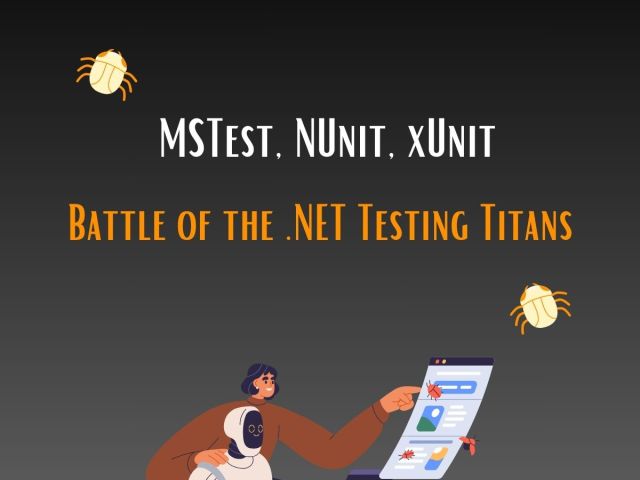Every organisation has to follow certain steps within protocols to follow for vulnerability assessment for a legacy system. It is important to evaluate all eminent risks. Today, we take a look at what are the vulnerabilities and how to secure them.
Hacking in the real world is an imminent threat. With pentabytes of information stored in servers apart from ten times more shared in cloud computer servers, a single hack could mean a loss of billions in dollars for IT firms. There are lines of defense in place that resist the hack of personally confidential information. Right from the basic complicated passwords to other security practices like firewalls, the security of the system is maintained. However, this safeguarding is rather limited. Once official support and regular updates are withdrawn, the safeguarding is harder. Exploiting information is easier on such computer systems. Similar to how legacy systems are hacked.

“A part of our legacy” Inspired from that context, legacy systems are databases, the applications and systems that utilize older, obsolete technology to run their technology. Here are some ways to secure your legacy systems:
• Data formats and encryption
Migrating data formats can deliver positive results. You are able to navigate and transfer your data files with ease. However, this applies in the case of an attack as well. It is important to store open data formats such as the xml type in a secure location with encryption to be secure.
• Server Consortium
Moving to a single, cheap, and more powerful server will be a boost to the security as an isolation of the services allows for easier monitoring and maintenance.
• Better Infrastructure in place
Changes in supporting architecture can always expose your security to a cyber attack. Ensure that all your legacy system architecture has a daily backup of all application data and a better backup-oriented infrastructure.
Safety Assessment of all Legacy Systems
There are steps within protocols to follow for vulnerability assessment for a legacy system. It is important to evaluate all eminent risks, review risks and remediate them, and analyze the point of failure.
• Regardless of being public or private, evaluate all risks by using proven methodologies mentioned in the Security Technical Implementation Guide (STIG).
• Being a busy medium, set access privileges to the least required. Perhaps the data at rest, and the data in transit, can be encrypted. Alternatively, consider Oracle’s data redaction product, specifically useful in the case where your site copies production data to a non-production environment for testing.
• Perform detailed detection and minimization of threats in every component of every legacy systems. Each component is checked and authorized.




